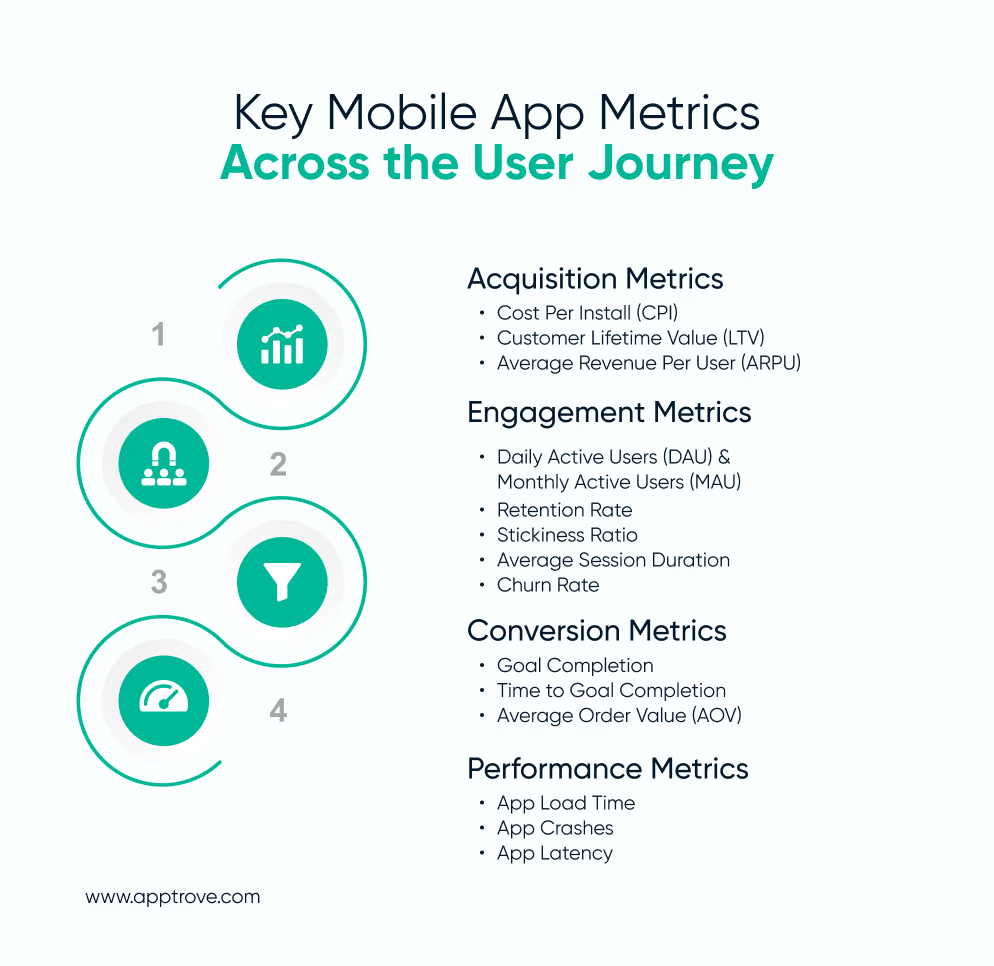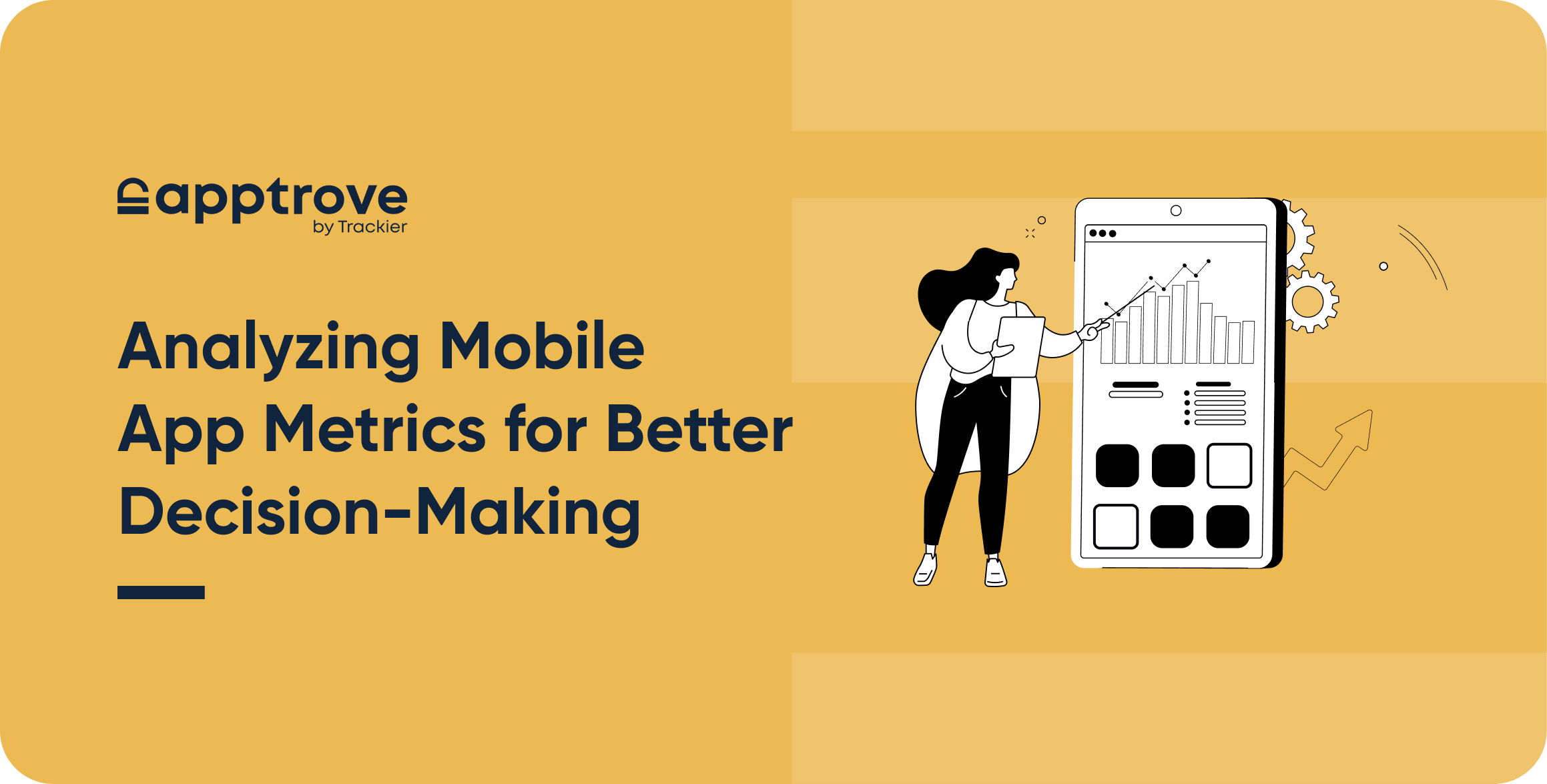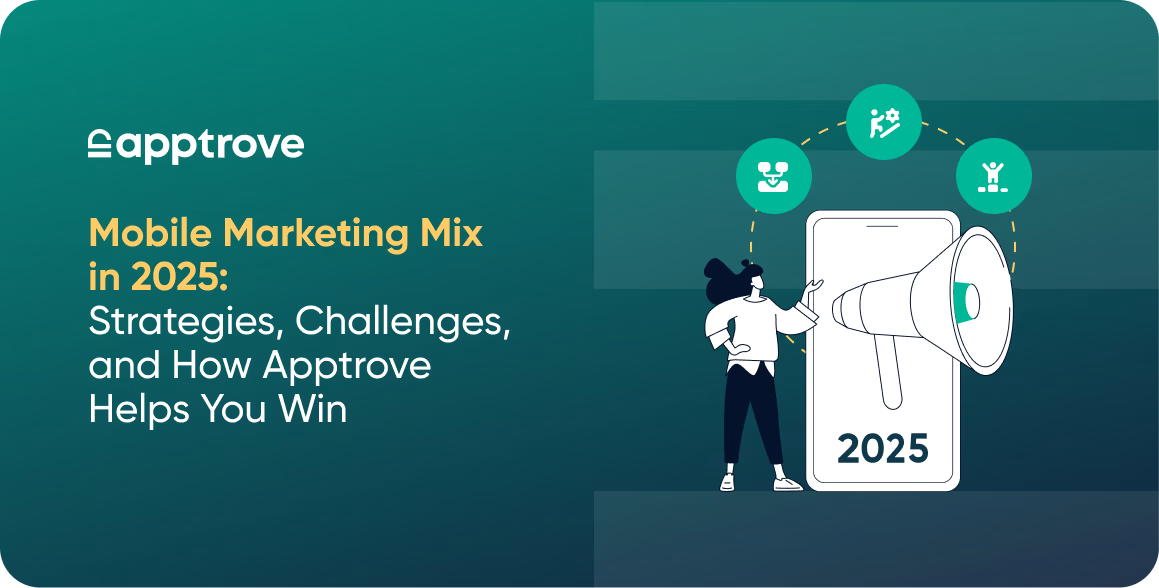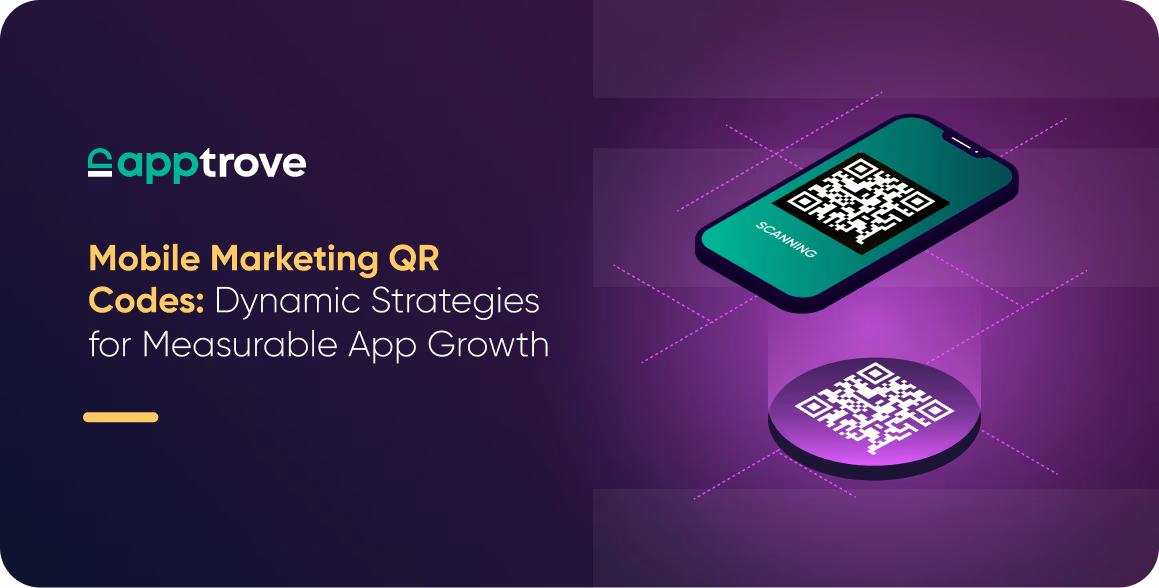Tracking mobile app metrics gives businesses a comprehensive idea about behavior, preferences, and app performance. Through this businesses can work on improving their user experience by understanding the way your users engage with your app. They can identify aspects of improvements and make data-driven decisions.
This way businesses can evaluate the performance of their app and marketing initiatives. It tells them whether the app is succeeding in achieving its objectives or not.
Optimizing user performance is one of the key aspects of tracking app metrics. By monitoring app metrics with the help of Apptrove, businesses can resolve existing bottlenecks, and improve user flows, and app performance. It allows them to concentrate on problem areas, and create a smoother user experience. Moving ahead, let’s look forward to the various app metrics that help businesses make the right decisions.
App Metrics for Acquisition

Cost Per Install (CPI)
Cost Per Install enables businesses to calculate the cost of acquiring each user or an installation. Through this businesses can compare several channels, assess the success of their marketing campaigns, and allocate the budget effectively by monitoring CPI.
Customer Lifetime Value (LTV)
LTV tells businesses about the expenditure made by a user while using an app. It is somewhere connected with marketing and monetization efforts and helps in understanding the long-term value of user acquisition. Businesses can prioritize app retention metrics and put customer loyalty plans into place by concentrating on users with a higher LTV.
Average Revenue Per User (ARPU)
ARPU calculates the average revenue generated by each user. It aids in your comprehension of the profitability of your app and the success of your monetization plans. This helps businesses find ways to boost sales by upselling and refining pricing strategies.
Hence, Businesses can improve user acquisition tactics, and make data-driven decisions to promote app growth and boost revenue by monitoring these app metrics for acquisition.
App Metrics for Engagement
Daily Active Users (DAU) & Monthly Active Users (MAU)
DAU counts the number of different individuals who use your app daily and actively interact with it. It tells businesses about their app’s popularity and daily user interaction. MAU counts the distinct users who utilize your app in a month. It aids in the comprehension of the app’s overall impact and long-term user retention.
Rate of Retention
The retention rate keeps businesses informed about the users who use their app constantly. This gives them an idea of how successful their app is. A more engaged and devoted audience is indicated by higher retention rates.
Rate of Stickiness
The stickiness ratio calculates the degree of user involvement. It is calculated by multiplying by 100 and dividing DAU by MAU. A greater stickiness ratio denotes a high frequency of app usage and strong user engagement.
Average Duration of a Session: This indicates a specific time frame or the duration for which a user is engaged with the app. This tells businesses about user interaction and the time that users spend on the app.
Churn rate
Churn rate tells businesses about how frequently customers stop using their app program over a time frame. It is the reverse of the retention rate and stands for user loss.
Mobile App Metrics for Conversion
Goal Completion
When a user completes a certain action within the app it is considered to be a goal completion. It could be making a purchase, subscribing to a newsletter, or filling out a form. Monitoring this metric enables businesses to evaluate the efficiency of their conversion funnels and enhance the user experience leading up to desired actions.
Time to Goal Completion
Through this, businesses get information about the time taken by a user to complete a certain action or goal within the app. It can help businesses improve the user journey and conversion.
Average Order Value (AOV)
AOV gives businesses an idea about the amount of every order placed through the business app. If businesses monitor their AOV, they can upgrade their upselling tactics and make proven decisions over pricing strategies. By analyzing these app metrics businesses can evaluate their conversion funnels more precisely and raise the probability.
App Performance Metrics
App Load Time
The time taken by your app to load and initiate its working on a user request is determined by App load time. Everyone expects apps to load quickly, so it is a key metric of evaluation.
App Crashes
App crashes are sudden crashes that occur while using an app. This could definitely take your user away from you. So monitoring app crashes is really important because that gives you an understanding of your existing customers. Reducing app crashes is essential for preserving user engagement and confidence.
App Latency
Latency refers to how fast your app responds to user interactions or requests. A user’s activity is processed by the app within a certain amount of time. In order to ensure seamless, engaging experiences for users, businesses should monitor app latency. The performance metrics of your app can greatly influence whether your app delivers a seamless and positive user experience. By monitoring how long an app takes to load, how often it crashes, and how late it is, businesses can find performance problems, improve app speed, and provide a fluid and responsive user experience. Optimum app performance can increase user engagement, improve the user experience, and promote app success.
Vanity Metrics
Businesses can benefit from false senses of progress and accomplishment with vanity metrics, but they don’t tell them anything about what their app is actually doing. On the surface, these metrics may seem impressive, but they aren’t able to quickly advance corporate objectives or provide valuable information. An example of a vanity metric would be the number of downloads of an app, the number of social media followers, and the number of visitors to a website. Even though they may be tempting, it’s crucial to concentrate on metrics that add genuine value and support your corporate goals.
Conclusion
Monitoring mobile app metrics will be essential for businesses so that they have an idea about their app’s performance. Through this, they can figure out more about user behavior, app performance, and business growth. Tracking metrics can include all of the above metrics that we discussed earlier. These metrics give precise information to businesses so that they can make data-driven decisions, enhance user experiences, and outperform the competition. Nowadays the use of mobile is a requirement for businesses.
For a deeper understanding of mobile app analytics and best practices, explore Apptrove’s Mobile App Analytics article. Additionally, Apptrove offers various tracking and analytical features to help businesses elevate their marketing strategies.
FAQs
1. Which mobile app metrics are the best to track?
The top mobile app metrics include Cost Per Install (CPI), Customer Lifetime Value (LTV), Daily Active Users (DAU), Monthly Active Users (MAU), Retention Rate, Churn Rate, Average Order Value (AOV), App Load Time, and App Crashes.
2. In what ways do mobile app metrics support better user experience?
Tracking metrics helps to identify user behaviors, bottlenecks, and engagement levels. Being able to find the pain points can help make app speed faster, reduce crashes, and enhance user experiences and flows.
3. Why is Customer Lifetime Value (LTV) critical?
LTV illustrates the long-term revenue generated from each user over time. This information informs retention strategy, budget and expense allocation, and helps to ensure you are concentrating and focusing on high-value users to continue building sustainable app growth with.
4. What is the difference between DAU, MAU, and stickiness?
DAU measures daily users, MAU counts monthly users, and stickiness (DAU ÷ MAU × 100) reveals how often users return. These are essential app retention metrics that highlight engagement and user loyalty.
5. How can app performance metrics reduce churn?
Monitoring load time, latency, and crashes ensures reliability. When paired with retention metrics for apps, these insights help minimize frustration, boost engagement, and improve overall retention.






